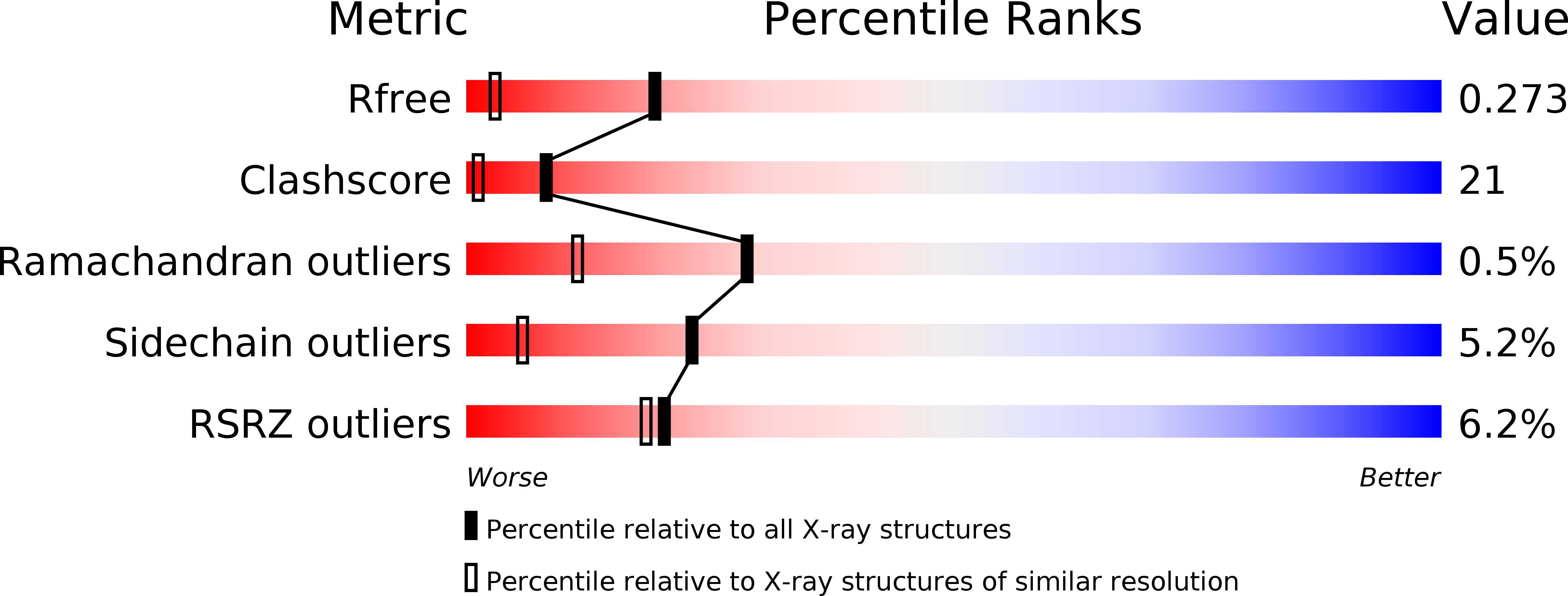
Deposition Date
2004-11-16
Release Date
2005-11-16
Last Version Date
2024-03-13
Method Details:
Experimental Method:
Resolution:
1.60 Å
R-Value Free:
0.27
R-Value Work:
0.22
R-Value Observed:
0.23
Space Group:
P 21 21 21


